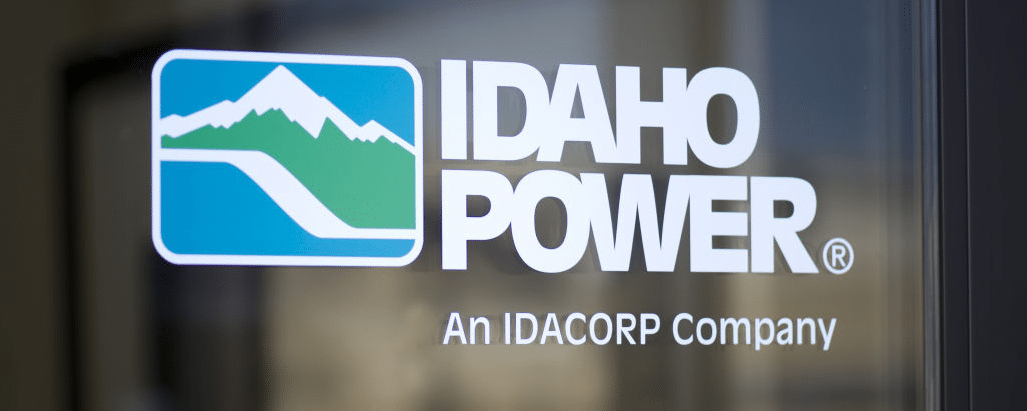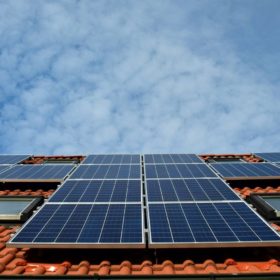New state, same debate.
The cost-shift debate has come to Idaho, and the outlines of the discussion will sound familiar to anyone who has paid attention to the debate that has raged for the past year in other states.
Idaho Power has filed an application with the state’s public utilities commission (IPUC) asking it to close what it calls the outdated net metering policy for new customers because ratepayers on-site electricity generation (read: solar installations) are not paying their fair share of the fixed costs associated with the utility’s traditional, unidirectional electricity distribution model.
“In recent years, the number of customers choosing to install on-site generation and to take bi-directional services from Idaho Power has increased notably,” the application says. “The rates currently charged to net metering customers were not designed to reflect the value of the bi-directional service being provided to them by the grid nearly every hour of every day, nor do they accurately reflect any potential benefits of on-site generation.”
The state’s largest utility is asking the IPUC to close net metering to new customers on Dec. 31, after which it is asking for permission to create two new customer classes on Jan. 1. Though the application doesn’t specify solar ratepayers, it does talk ad nauseam about self-generating customers. In Idaho, that means solar.
It also intend to force solar customers to purchase smart inverters, which it says are essential to adding more solar to its grid. Solar ratepayers will pay for the inverters through an additional charge on their bills (no amount is specified in the document).
Finally, Idaho Power is asking for a generic docket to determine the ‘value of solar’, though they don’t use the term explicitly. No date has been set for the IPUC to hear the application.
Net metering is the popular program that has driven solar’s growth by reimbursing solar customers for excess electricity they provide back to the grid at full retail rates. Idaho’s program started in 1983.
As pv magazine has noted before, utilities in states like California, Arizona and North Carolina – states with significant solar penetration – the idea that non-solar customers pay more for fixed costs has some merit. In states like Idaho, however, where the total amount of installed solar is only 359 MW, the argument falls apart. To put it in perspective, the Topaz Solar Farm in California has the capacity to generate 550 MW of electricity by itself.*
*All figures come from the Solar Energy Industries Association.
This content is protected by copyright and may not be reused. If you want to cooperate with us and would like to reuse some of our content, please contact: editors@pv-magazine.com.








By submitting this form you agree to pv magazine using your data for the purposes of publishing your comment.
Your personal data will only be disclosed or otherwise transmitted to third parties for the purposes of spam filtering or if this is necessary for technical maintenance of the website. Any other transfer to third parties will not take place unless this is justified on the basis of applicable data protection regulations or if pv magazine is legally obliged to do so.
You may revoke this consent at any time with effect for the future, in which case your personal data will be deleted immediately. Otherwise, your data will be deleted if pv magazine has processed your request or the purpose of data storage is fulfilled.
Further information on data privacy can be found in our Data Protection Policy.